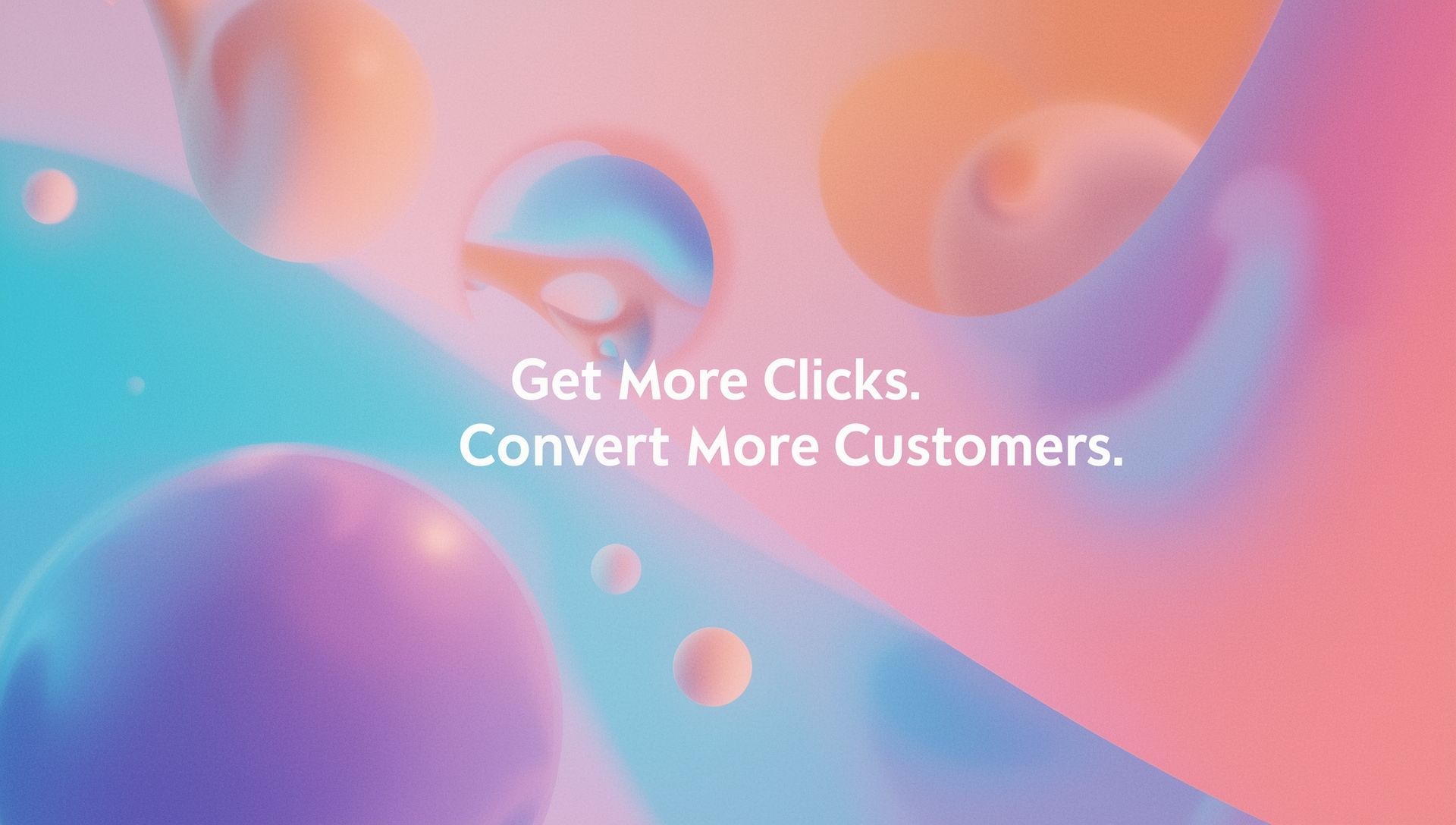Why The Key to Product Alignment Is 'Innovating Inside a Box'!
In today’s fast-paced market, companies need to stay aligned with their products to meet customer demands. This alignment often seems complicated, but there is a straightforward approach: “innovating inside a box.”
This concept suggests setting clear boundaries to focus creativity and resources effectively. By defining these limits, teams can work better together and tackle challenges with a fresh perspective.
In this blog post, we will explore how this method can streamline processes, boost productivity, and ultimately lead to more successful products.
Join us as we explore the strategies to achieve product alignment while fostering innovation within defined parameters.
Understanding the Concept of 'Innovating Inside a Box'
At its core, "innovating inside a box" emphasizes the importance of established boundaries to stimulate creativity. This approach contrasts with the traditional view of unrestricted brainstorming, urging teams to embrace limitations as a source of innovation rather than a hindrance.
Key Benefits of Innovating Inside a Box:
- Enhanced Focus: Restricting parameters can help teams concentrate their efforts on specific objectives, leading to more targeted solutions.
- Improved Collaboration: Defining limits encourages better teamwork, as individuals can align their contributions towards a common goal.
- Efficient Resource Allocation: Clear boundaries allow for more effective use of time and resources, reducing waste in the innovation process.
The Role of Product Alignment in Business Growth
Product alignment is a crucial aspect of business success in today's competitive landscape. By ensuring that products resonate with market needs and customer expectations, companies can drive growth and foster customer loyalty.
Here’s why product alignment should be at the forefront of strategic initiatives:
- Increased Customer Satisfaction: When products align with customer desires, satisfaction naturally increases, leading to repeat purchases and brand loyalty.
- Competitive Advantage: Companies that innovate effectively within defined parameters can differentiate themselves from their competitors, helping them capture a larger market share.
- Strategic Decision-Making: Product alignment facilitates informed decisions, allowing teams to prioritize features and improvements that truly matter to customers.
Practical Steps for Implementing 'Innovating Inside a Box'
Implementing the concept of "innovating inside a box" requires a structured approach that encourages both creativity and productivity. Here are some practical steps to get started:
Define Clear Parameters:
- Set specific goals for your project.
- Outline restrictions regarding budget, resources, or timelines.
- Ensure all team members understand these boundaries.
Encourage Collaborative Brainstorming:
- Organize brainstorming sessions focused on the established parameters.
- Use techniques like mind mapping to generate ideas within the set limits.
- Foster an environment where all ideas are welcomed and discussed.
Utilize Feedback Loops:
- Create a feedback system that allows for continuous evaluation of ideas.
- Encourage team members to review each other’s contributions, promoting a sense of ownership and accountability.
Measure Progress:
- Regularly assess outcomes against the defined goals.
- Be open to adjusting the 'box' if necessary, learning from the results of initial efforts.
Celebrate Successes:
- Acknowledge achievements, both big and small, within the framework.
- Use these celebrations to reinforce the value of innovating within limitations.
Challenges and Solutions
Although "innovating inside a box" can lead to numerous benefits, it is not without its challenges. Understanding these obstacles is crucial for successfully implementing this approach.
Here are some common challenges and actionable solutions:
1. Resistance to Limitations
Many team members might initially resist the idea of imposing boundaries on their creativity.
- Solution: Foster a culture of understanding by explaining how limitations can enhance creativity. Share examples where constraints have led to innovative breakthroughs to illustrate your point.
2. Overcoming Stagnation
Without clear direction, teams may feel stuck and struggle to generate fresh ideas within the defined parameters.
- Solution: Introduce creative prompts or challenges that encourage teams to think outside of their usual angles while still adhering to the boundaries. This can involve setting specific scenarios or problems to solve.
3. Maintaining Motivation
The pressure to create within fixed limits can lead to frustration and a decline in motivation over time.
- Solution: Regularly rotate teams and roles within the project to revitalize motivation. Implementing a reward system can also encourage ongoing enthusiasm for innovative tasks.
4. Balancing Flexibility and Structure
Striking a balance between the constraints of the "box" and the necessary flexibility to adapt as projects evolve can be tricky.
- Solution: Use iterative processes that allow for regular reassessment of the established boundaries. Encouraging ongoing dialogue within the team about the effectiveness of these limits can promote adaptability.
Are you ready to take your product alignment strategy to the next level?
Product alignment is a critical component of entrepreneurial success, and the concept of 'innovating inside a box' offers a powerful framework for achieving it.
While challenges may arise, the potential benefits far outweigh the risks. Entrepreneurs who embrace this approach will be well-positioned to thrive in an increasingly competitive business landscape.
We encourage you to explore how 'innovating inside a box' can revolutionize your product development and take your business to new heights.









